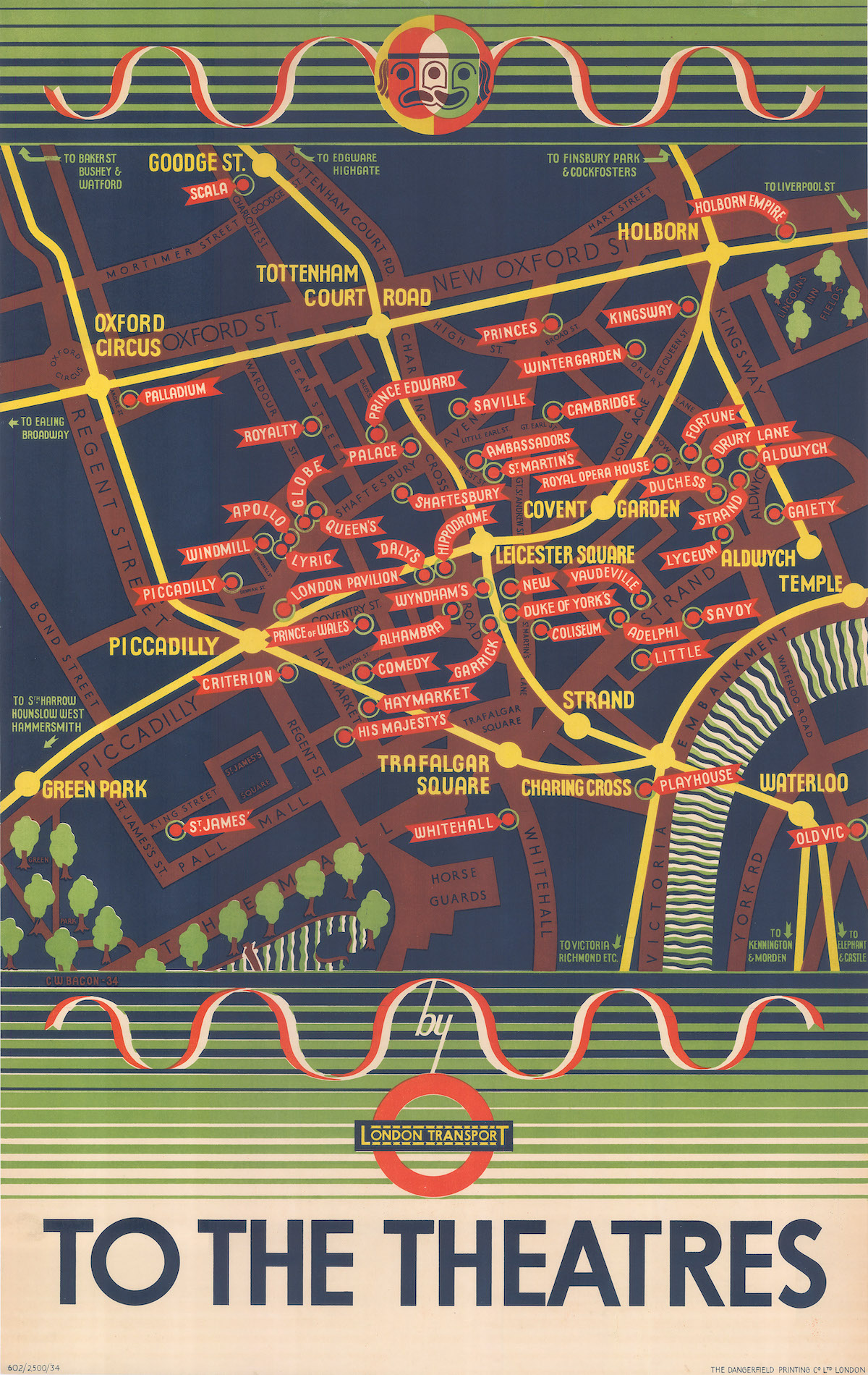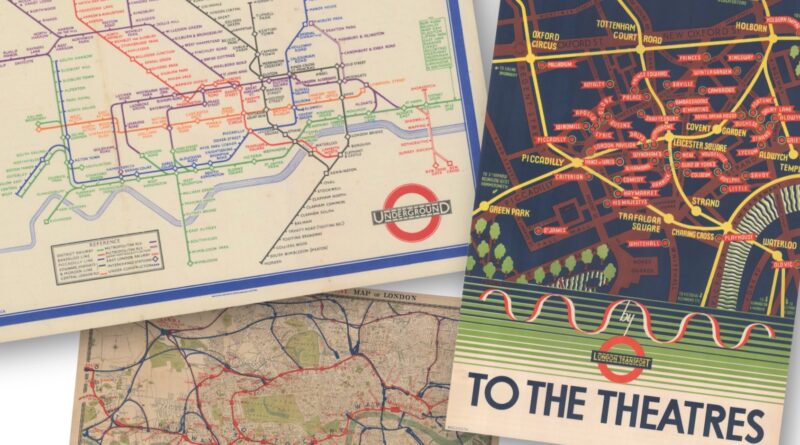Take a trip to London Underground maps exhibition
A new exhibition Mapping the Tube: 1863-2023 will take place at The Map House in London.
The antiquarian map shop and publisher’s exhibition, running from October 25 to November 30, will explore the evolution of London’s Tube system and the iconic London Underground map over 160 years.

It will also offer a rare opportunity to see and purchase hand-drawn and annotated manuscripts by Harry Beck on the 50th anniversary of his death. His 1933 pocket map influenced the design of transport maps worldwide, and is an instantly recognisable design icon.
The exhibition will include the most significant collection of Beck manuscripts ever offered for sale, some gifted by Beck to his friend and biographer Ken Garland. Highlights include: a one-of-a-kind draft copy of Harry Beck’s first Underground map, annotated by Beck and his predecessor Fred Stingemore, which highlights some of the tricky design questions he had to overcome, such as whether to use the official name of ‘Willesden Green (New Station)’ or stick with a simplified ‘Willesden Junction’; the resulting exceedingly rare 1st Edition Underground Poster (1933), of which only 5 copies of the original 2,000 are known; and a unique, unfinished sketch from 1950 drawn in coloured pencil showing a proposed new layout for the District Line branch to Richmond.

The Arrival of the Tube
The Metropolitan Railway opened the world’s first underground passenger railway in London in January 1863 to create a route for the developing commuting population. By the end of 1863, several of London’s leading cartographers, sensing a commercial opportunity, published detailed folding maps illustrating the railway proposals before the House of Lords Select Committee.
On display will be James Wyld’s New Map of London(1863), signalling the advent of the London Underground network, alongside The Improved District Railway Map of London (1880), one of the earliest Underground maps issued to the public.

Harry Beck and London’s iconic Tube map
Mapping the Tube will also explore the extraordinary life and work of Harry Beck, the designer of the 1933 London Underground map, voted the second-best British design of the 20th century, for which he was paid just £5 and five shillings. Beck, a trained engineer, conceived the design whilst drawing an electrical circuit diagram, revolutionising the way transport maps were designed by not placing the stations geographically as previous maps had.
He believed that Underground passengers were not concerned with geographical accuracy but were more interested in how to get from one station to another and where to change trains. Beck’s clear, accessible and aesthetic design was so successful that it became the template for transport maps worldwide, such as the Sydney Suburban and City Underground Railway Map (1939), which directly copied the London Underground’s branding.
Despite the map’s overwhelming success, Beck’s contribution was largely forgotten until 2001, 27 years after his death, when the following acknowledgement was added to the map – “This diagram is an evolution of the original design conceived in 1931 by Harry Beck”. You can still read this in the bottom left corner of all London Tube maps today. Visitors to the exhibition can see an example of the Tube Map from every year from 1933 to 2023, charting its complete evolution from Beck’s globally influential and groundbreaking work.
Exhibition Curator at The Map House, Charles Roberts said: “The survival of many of the materials we have on display is remarkable. These maps were largely distributed for free as a tool for the public. They were not intended to be saved but here they are, providing us with a unique insight into London’s history. The Harry Beck manuscripts we are offering present a unique opportunity to look over his shoulder and see the great designer at work.”


